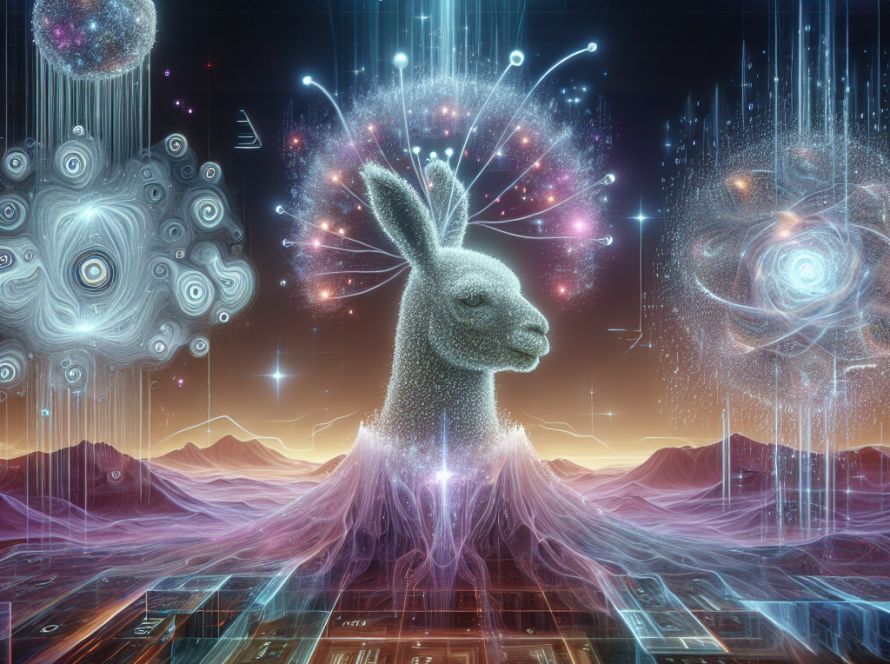OpenAI has launched a new five-level classification framework to track its progress toward achieving Artificial Intelligence (AI) that can surpass human performance, augmenting its already substantial commitment to AI safety and future improvements.
At Level 1 – “Conversational AI”, AI models like ChatGPT are capable of basic interaction with people. These chatbots can understand and respond to human language, suitable for tasks like information retrieval or casual conversation.
At Level 2 – “Reasoners”, AI systems become capable of answering simple problems without the need for external tools, matching the reasoning capabilities of a doctorate-level educated human. OpenAI’s demonstration of the GPT-4 model’s capabilities implies a potential move toward this tier.
Level 3 – “Agents”, involves AI systems that can independently operate for extended periods. These “Agents” can tackle tasks that require sustained effort and decision-making, considerably reducing the demand for human involvement.
At Level 4 – “Innovators”, AIs take an active role in creativity. These AI systems are capable of fostering novel ideas and advancements, working with humans to drive both creative and technical breakthroughs.
The apex of the classification, Level 5 – “Organizations”, sees AI taking over all organizational tasks, from strategic decision-making and optimization of department-wide processes. Here, AI capabilities go beyond being a tool to becoming instrumental in company strategy, management, and operations.
These detailed classifications help both internal and external stakeholders to understand OpenAI’s path toward more sophisticated AI systems. OpenAI CEO Sam Altman has maintained that artificial general intelligence (AGI) – AI that can outperform humans at most tasks, might be attainable this decade. This five-level approach helps monitor progress toward this goal.
OpenAI’s classification system mirrors Google DeepMind researchers’ methods. The approach of classifying AI capabilities into levels has also been used by the automobile industry to gauge how automated self-driving cars are.
While AI capabilities continuously evolve and AGI is pursued, these structured methods provide benchmarks to track progress and guide enhancements. As OpenAI progresses with its roadmap of developing AI from conversational AI to managing organizations, the prospect of AI revolutionizing industries and augmenting human productivity is increasingly becoming a reality.


